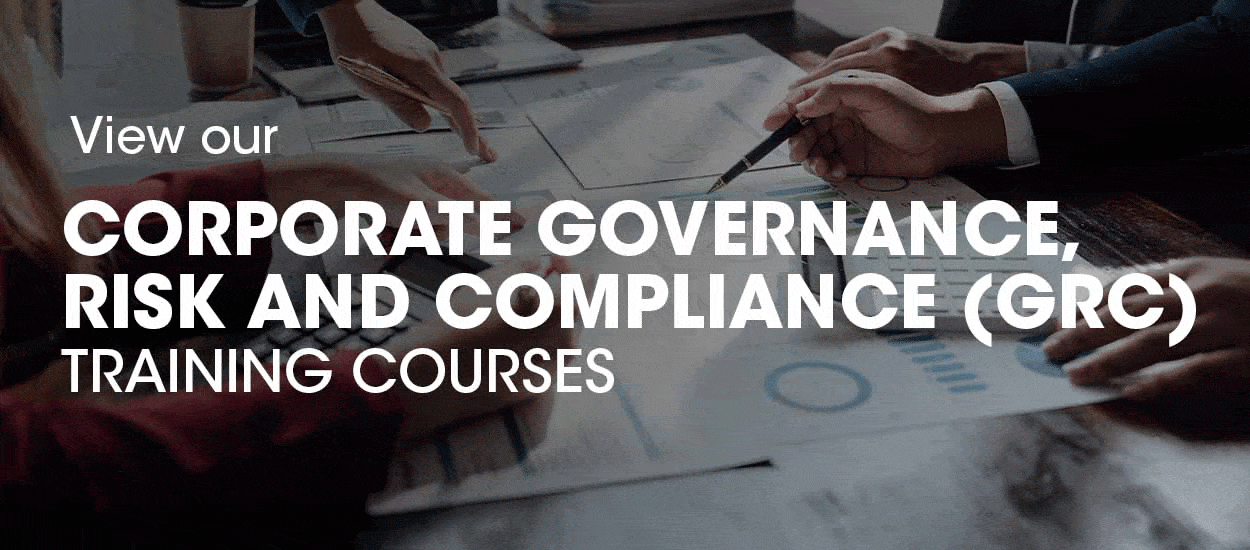
Which Level of Strategic Management Focuses on the Organization as a Whole?
4 mins readStrategic management is the art and science of directing an organization to achieve its long-term goals. It operates across multiple levels—each working together to ensure the organization’s overall success. These levels typically include corporate-level, business-level, and functional-level strategies. But when it comes to the big picture—the organization’s overall direction and how it interacts with its environment—corporate-level strategy takes center stage.
Here we dives into corporate-level strategy, examining its importance, components, and how it differs from other levels of strategic management. By the end, you’ll have a clear understanding of why corporate-level strategy is critical in achieving long-term organizational success.
Understanding Corporate-Level Strategy
Corporate-level strategy is the highest level of strategic management and focuses on the overall scope and direction of the organization. It is the guiding force behind making large-scale decisions that affect the business as a whole, rather than individual departments or divisions. Think of it as the “big picture blueprint” for how a company will compete in the global marketplace.
What Does Corporate-Level Strategy Do?
- Defines the organization’s direction
Corporate-level strategy is tasked with establishing where the organization is going. This includes identifying the industries and markets the business should operate in and what role the company should play in those sectors. For instance, should a company diversify into different markets or focus on its core competencies?
- Aligns the organization’s resources
Decisions about how resources like capital, talent, and time are allocated fall under corporate-level strategy. These decisions ensure the company can achieve synergy and maximum efficiency across its various business units.
- Shapes the organizational identity
At this level, decisions about the company’s mission, vision, and core values come into play. This helps position the company in the market and forms the backbone of its corporate culture.
Real-Life Application
Consider Alphabet Inc., Google’s parent company. Alphabet’s corporate-level strategy led to the diversification of its portfolio beyond search engines into industries like healthcare (Calico), autonomous vehicles (Waymo), and smart home technology (Nest). By focusing on the organization’s overarching goals rather than individual products, Alphabet maintained its growth and positioned itself as a global powerhouse.
Key Components of Corporate-Level Strategy
Corporate-level strategy doesn’t just happen—it’s composed of several crucial components that allow an organization to achieve its objectives.
1. Vision and Mission
Every great corporate strategy begins with a clear vision and mission. These statements outline why the organization exists and where it wants to go. A well-defined vision inspires employees and gives stakeholders confidence in the company’s future. For example, Tesla’s mission is to “accelerate the world’s transition to sustainable energy,” shaping its focus on electric vehicles and renewable energy innovations.
2. Portfolio Management
This involves deciding which businesses or markets the company should invest in, divest from, or enter. Techniques like diversification, mergers, acquisitions, and partnerships are common tools at this stage. For instance, Disney’s acquisition of Pixar, Marvel, and Lucasfilm helped the company grow its portfolio and solidify its global entertainment dominance.
3. Resource Allocation
Allocating resources effectively is a core function of corporate-level strategy. This could include distributing funds among business units, investing in new technology, or prioritizing human capital development. Apple’s corporate leadership shows this in action by directing a significant portion of resources toward research and development to maintain its innovative edge.
4. Synergy Creation
One of the goals of corporate-level strategy is achieving synergy across business units. By aligning efforts and sharing resources, organizations can reduce costs and enhance efficiency. For example, a conglomerate with multiple business units might centralize administrative services like HR or IT, saving money and creating consistency across the organization.
Explore: Our Training courses in Dubai
Comparison with Other Strategic Levels
To fully appreciate corporate-level strategy, it’s helpful to see how it compares to other levels of strategic management.
Business-Level Strategy
While corporate-level strategy determines where to compete, business-level strategy focuses on how to compete in chosen markets. For example, at the corporate level, a company like Nike decides to focus on the sportswear industry. At the business level, it implements strategies to differentiate itself through innovation and athlete endorsements.
Functional-Level Strategy
Functional-level strategy is the most granular level, focusing on the specific activities within departments like marketing, sales, HR, and operations. Functional strategies ensure the daily tasks and activities align with the broader business and corporate strategies. For instance, Nike’s marketing team might develop campaigns like “Just Do It” to support its differentiation strategy.
How Corporate-Level Strategy Drives Success
Corporate-level strategy serves as the foundation for all business activities, creating alignment across multiple divisions and ensuring consistency with the organization’s long-term goals. Companies with a clear and robust corporate-level strategy are better equipped to respond to changes in the market, achieve sustainable growth, and maintain a competitive edge.
Why It Matters for Leaders
For business managers and executives, understanding corporate-level strategy equips you with the tools to make informed decisions that impact your organization’s future. It reminds you to keep an eye on the larger vision while balancing organizational resources effectively.
Build Organizational Success with a Strategic Foundation
Corporate-level strategy isn’t just about making big decisions—it’s about making the right decisions for the long-term health of your organization. By defining your mission, aligning resources, and creating synergy, corporate-level strategy ensures every part of your business works toward common goals.
If you’re looking to grow as a leader or implement smarter strategies in your organization, take the time to explore how corporate-level decisions are being made. Understanding this level of strategy is your first step toward driving transformation, innovation, and success.







